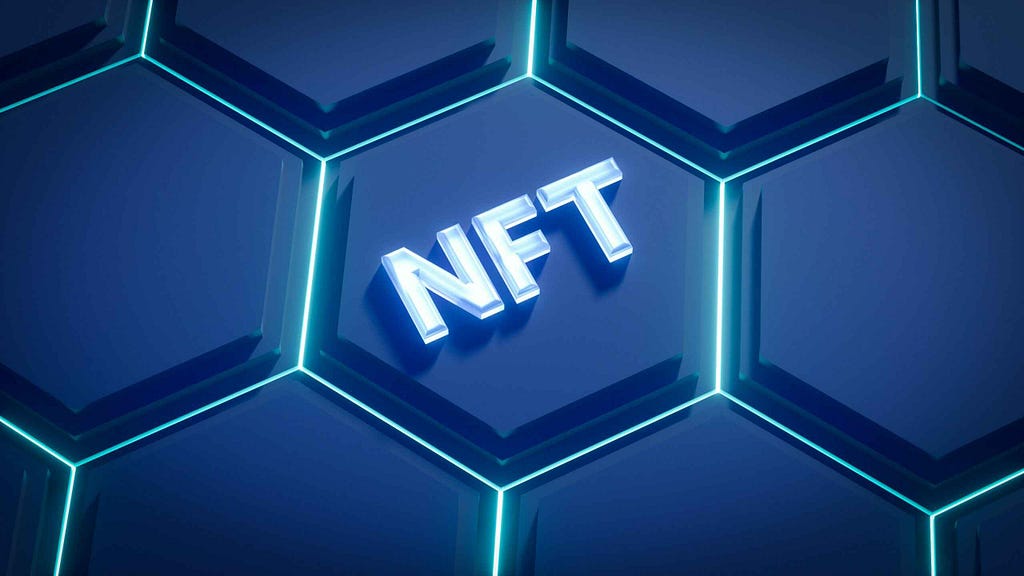
The Non-Fungible Token (NFT) space has evolved rapidly, capturing the attention of artists, businesses, and investors alike. As we move into 2024, several trends are emerging that promise to shape the future of NFT development. This blog will explore these trends in detail, providing insights for businesses and potential clients looking to engage with NFT development companies.
Understanding NFTs
NFTs are unique digital assets verified using blockchain technology. Unlike cryptocurrencies, which are interchangeable, each NFT has distinct characteristics that make it unique. They can represent anything from digital art and music to virtual real estate and collectibles. As the market matures, understanding the underlying trends is crucial for businesses looking to capitalize on this burgeoning sector.
Major NFT Trends for 2024
1. AI-Driven NFTs
Artificial intelligence is increasingly being integrated into the NFT space. AI algorithms can curate collections based on user preferences and historical data, creating personalized experiences for collectors. This trend not only enhances user engagement but also opens new avenues for artists and creators to connect with their audience more effectively.
2. Real-World Asset Tokenization
The concept of representing physical assets as NFTs is gaining traction. This trend allows for greater transparency and efficiency in transactions involving real estate, art, and other tangible items. By tokenizing real-world assets, businesses can tap into a broader market, offering fractional ownership and easier liquidity options.
3. Utility-Driven NFTs
Utility NFTs are gaining popularity as they provide additional functionalities beyond mere ownership. These tokens can grant access to exclusive content, events, or services, making them more appealing to a wider audience. For instance, some projects are integrating utility features that allow holders to participate in governance decisions or receive rewards.
4. Sustainable Practices in NFT Development
Environmental concerns have led to a push for sustainable practices within the NFT space. Developers are exploring energy-efficient blockchains and methods to offset carbon footprints associated with NFT transactions. This trend is crucial for attracting environmentally conscious consumers and ensuring long-term viability in the market.
5. Integration with Gaming and the Metaverse
The gaming industry continues to be a significant driver of NFT adoption. NFTs enable players to truly own in-game assets, enhancing their gaming experience and creating new economic models within virtual worlds. Moreover, as the metaverse expands, NFTs will play a central role in facilitating digital ownership of virtual land and assets.
6. Fractional NFTs
Fractional ownership of NFTs allows multiple users to own a share of a high-value asset, such as artwork or collectibles. This trend democratizes access to valuable items that might otherwise be out of reach for individual investors. As fractional NFTs gain popularity, they are expected to create new investment opportunities within the NFT market.
7. Cross-Platform Interoperability
As the NFT ecosystem grows, there is an increasing demand for cross-platform functionality. Users want to transfer their digital assets seamlessly between different marketplaces and applications. This trend emphasizes the need for interoperability standards that will enhance user experience and broaden the utility of NFTs across various platforms.
8. Social Media Integration
Social media platforms are beginning to incorporate NFTs into their ecosystems, allowing users to showcase their collections directly on their profiles. This integration not only increases visibility for NFT creators but also encourages more widespread adoption among casual users who may not be familiar with blockchain technology.
9. The Rise of Hybrid NFTs
Hybrid NFTs combine digital assets with physical items, creating unique offerings that bridge the gap between online and offline experiences. For example, owning a digital art piece could also entitle the holder to a physical print or merchandise related to that artwork. This trend appeals to collectors who value both digital ownership and tangible items.
10. Decentralized Autonomous Organizations (DAOs)
DAOs are becoming increasingly relevant in the NFT space as they allow groups of individuals to collectively invest in high-value NFTs or projects. By pooling resources, participants can access rare assets that would be difficult to acquire individually. DAOs also promote community engagement and decision-making within the NFT ecosystem.
Conclusion
The NFT landscape is evolving rapidly, presenting numerous opportunities for businesses and creators alike. By staying informed about these trends — such as AI-driven collections, real-world asset tokenization, utility-driven NFTs, sustainable practices, gaming integration, fractional ownership, cross-platform interoperability, social media integration, hybrid NFTs, and DAOs — companies can strategically position themselves in this dynamic market. As you consider engaging with an NFT development company to explore these opportunities further, look no further than Codezeros. Their expertise in blockchain technology and commitment to innovative solutions make them an ideal partner in navigating the exciting world of NFTs. This blog aims to provide a comprehensive overview of current trends in NFT development while maintaining clarity and accessibility for businesses seeking guidance in this rapidly changing environment.
Top Trends in NFT Development You Should Know About was originally published in The Crypto Kiosk on Medium, where people are continuing the conversation by highlighting and responding to this story.








